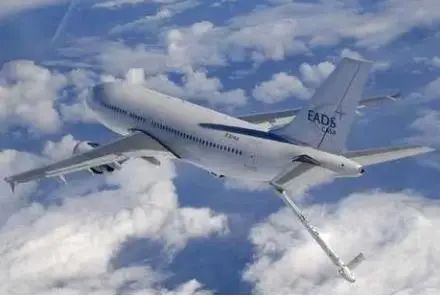Composite materials are widely used in aerospace and due to their light weight and super strong characteristics, they will increase their dominance in this field. However, the strength and stability of composite materials will be affected by moisture absorption, mechanical shock and the external environment.
In a paper, a research team from the University of Surrey and Airbus introduced in detail how they developed a multilayer nanocomposite material. Thanks to the deposition system customized by the University of Surrey, it can be used as a barrier material for large and complex 3-D engineering composite structures.
It is understood that the 20th century is a century of rapid development of modern science and technology, and one of the important signs is the brilliant achievements made by mankind in the field of aerospace and aviation. In the 21st century, aerospace has shown broader development prospects, and high-level or ultra-high-level aerospace activities have become more frequent.The tremendous achievements made in the aerospace industry are inseparable from the development and breakthrough of aerospace material technology. Materials are the basis and forerunner of modern high-tech and industry, and to a large extent are the prerequisites for high-tech breakthroughs. The development of aerospace materials has played a strong support and guarantee role for aerospace technology; in turn, the development needs of aerospace technology have greatly led and promoted the development of aerospace materials. It can be said that the advancement of materials has played a key role in supporting the upgrading of aircraft.
Post time: Jun-24-2021








